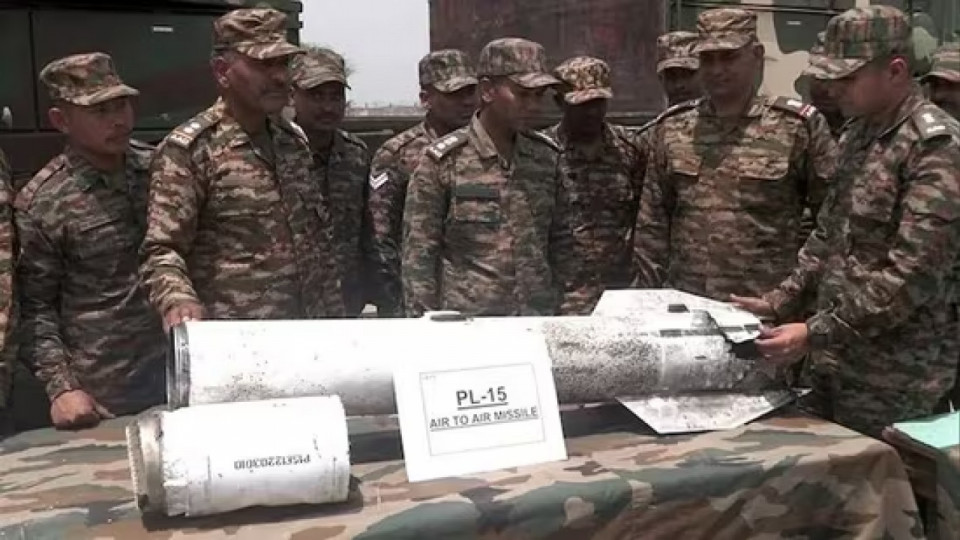
Technical advantage over PL-15E recovered in Punjab (X)
Technical advantage over PL-15E recovered in Punjab: The Defense Research and Development Organization (DRDO) has decided to incorporate advanced technologies in its indigenous Astra Mark-2 missile after a detailed analysis of an unexploded Chinese PL-15E missile fired by a Pakistani jet during Operation Sindoor in May 2025. This missile was found completely intact in a field near Hoshiarpur, Punjab, on May 9, which proved to be a rare intelligence opportunity for Indian defense scientists. The PL-15E is the export version of the Chinese beyond visual range (BVR) long-range air-to-air missile, with a range of 145 kilometers. According to sources, this missile did not explode, as it did not have a self-destruct mechanism, whereas Indian missiles have this facility. During Operation Sindoor, which was launched on May 7 in response to the April 22 Pahalgam terror attack (26 civilians were killed), the missile was fired from a Pakistani JF-17 or J-10C fighter, missing the target and falling within 100 km of Indian territory.
DRDO has maintained secrecy in its report submitted to the Defense Ministry, but sources revealed that the PL-15E was found to have many superior features. These include miniature active electronically scanned array (AESA) radar, advanced propellant that gives the missile speeds in excess of Mach 5, and strong anti-jamming capabilities. In particular, radar technology is being integrated into Astra Mark-2, which will make it more effective. Astra Mark-2, which is an upgraded version of Astra Mark-1 (100 km range), will now have more than 200 km range and will work with platforms like Su-30 MKI, LCA Tejas, Rafale, AMCA, and TEDBF. According to reports, its speed can be up to 6000 km/hour, which will make it fatal for the enemy.
Indian weapons performed brilliantly in Operation Sindoor. BrahMos, Rampage, and SCALP missiles hit the targets accurately, killing more than 100 Pakistani soldiers and destroying 5 jets. However, there are plans to purchase additional Meteor missiles for the Rafale fighter so that there is no shortage of numbers in the future. Also, the next-generation BrahMos with an 800 km range is under development, which will cover the entire territory of Pakistan. Defense Minister Rajnath Singh described it as a great example of indigenous defense production.
After the defeat of Operation Sindoor, Pakistan is busy strengthening its army. According to sources, it is seeking PL-17 missiles from China, 2,000 YIHA kamikaze drones from Turkey, and high-tech weapons from the US. At the same time, Pakistan's 3-5 HQ-9 air defense systems have forced India to change its strategy. In the future, Indian fighters will fire long-range supersonic missiles while remaining out of enemy radar.
National security planners expressed concern that despite the ceasefire at 5 pm on May 10, Pakistan fired drones and rockets in Jammu and Rajasthan. Recently there were civilian attacks on Afghanistan's Spin Boldak, despite a 48-hour no-fire pact with the Taliban. India did not respond on May 10, but officials said New Delhi would take stricter action in the future.
Brief overview of Operation Sindoor
Start: 7 May 2025, response to Pahalgam attack.
Result: 100 Pak soldiers killed, 5 jets destroyed, and a ceasefire on 10 May.
Effect: Terrorist camp destroyed, success of indigenous weapons.
Astra has been strengthened by the technology of PL-15, which will further strengthen the air superiority of the Indian Air Force. Despite increasing regional tensions, this move is a big step towards defense self-reliance.













Copyright © 2025 Top Indian News
